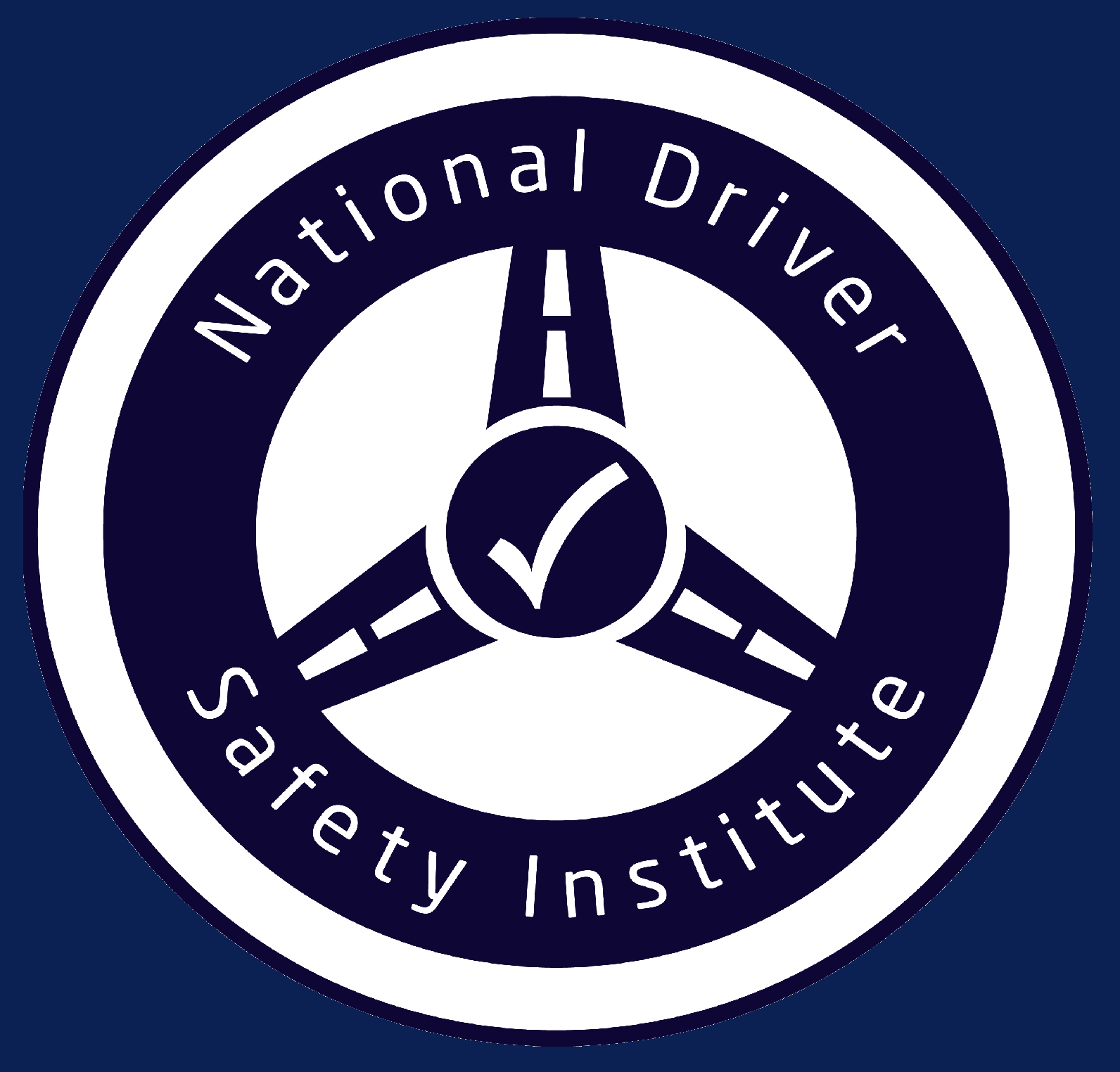
The most impactful online educational course ever devised by man – on any topic – is worthless if it fails to reach those in need of the content. Maximizing target market content reach is a mandatory focus!
If your purpose is to advance better driver improvement training, what is more important – maximizing per course sold revenue or reaching the most students possible? For the NDSI the answer is the latter! Our goal is to promote the best possible online defensive driver and driver improvement educational content such that it reaches and helps as many people as possible. Operating under the theory that if this objective is met revenue concerns will take care of themselves we place access and reach before revenue.

Costs Prevent Access
For many, accessing high quality driver education online is frequently made difficult due to course costs. Most online courses cost between $19.95 and $39.95 per student. For a family of 4 drivers this can make costs a significant factor. Given that most people seeking to take a defensive driver course do so in order to gain a discount on their automobile insurance, a simple cost to benefit analysis becomes the driving factor in choosing which course to take. They tend to opt for the cheapest course that will gain the discount and course quality becomes a secondary consideration.
Consider the case of a family with 3 drivers that is seeking to save money through gaining a defensive driver discount on their insurance. If a course is going to cost $29.95 for each driver yielding a total cost of $89.95. If the discount on their insurance is going to save only $60.00 for the current insurance term this family is most likely to not take a driver improvement course. The opportunity for improved education and thus road safety is lost simply due to costs.
Why would any organization focused on decreasing the frequency of traffic accidents and improving road safety restrict distribution of content materials that further these goals to methods that put in place price barriers that restrict access?
Regulatory Restrictions
Costs are not the only factor that commonly restricts easy access to better driver education. Many state regulatory agencies do not allow online defensive driver and driver improvement courses to qualify for benefits legally mandated for the completion of a similar course in an offline classroom environment.
Why would a state not support online driver education? This is, after all, not mutually exclusive with regard too traditional offline driver education nor is it intended as a replacement for offline hands-on driver training. Nobody is going to learn how to drive a car with purely online driver training. Everyone who learns how to control and maneuver a vehicle on public roads must do so in an actual automobile with the guidance of someone with long experience behind the wheel.
To completely exclude online driver education efforts borders on the absurd. You can gain a college education online. You can learn technical skills online. Even public schools deliver class materials and lessons through online learning systems.
Some of the most critical aspects to safe driving involve the driver understanding and engaging in a mental approach to the driving task that aids in building better habits. Training that targets such a mental approach while integrating specific tactics designed to assist the driver in being prepared to properly react to emergency situations represents training that is perfectly suited to online delivery.
Insurance Company Limitations
Many insurance companies restrict the financial benefits associated with defensive driver and driver improvement training by placing qualifications on the discounts they associate with such training.

For many insurance companies, only individuals ages 55 and over will receive a discount on their insurance for taking such a course. In addition, insurance companies frequently do not allow the discount if a driver has received a traffic ticket or had an at-fault accident within the previous 3 years
Why would any insurance company want to disincentive customers from taking action to improve their driving ability and safety? Why would they seek to restrict the benefits of a driver safety course from those who have demonstrated a clear need for additional training? This makes little sense and is difficult to understand!
Advocating for Change
The NDSI is pushing for change and improvement in all of these areas as part of our goal to expand access to high quality driver training online. This includes course content distribution models that focus on expanded access over individual course price and advocating better online course acceptance from regulatory authorities and insurance companies.


